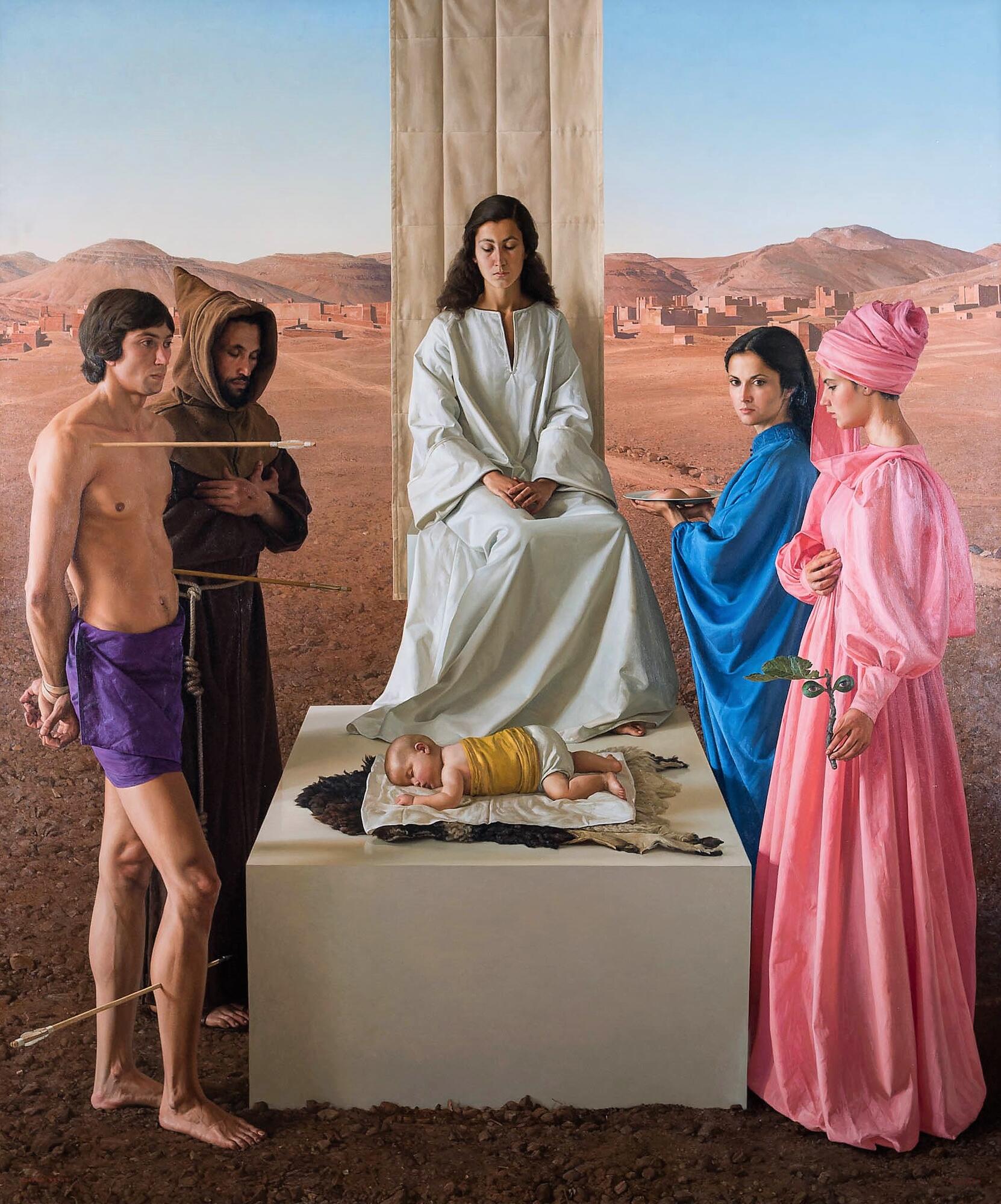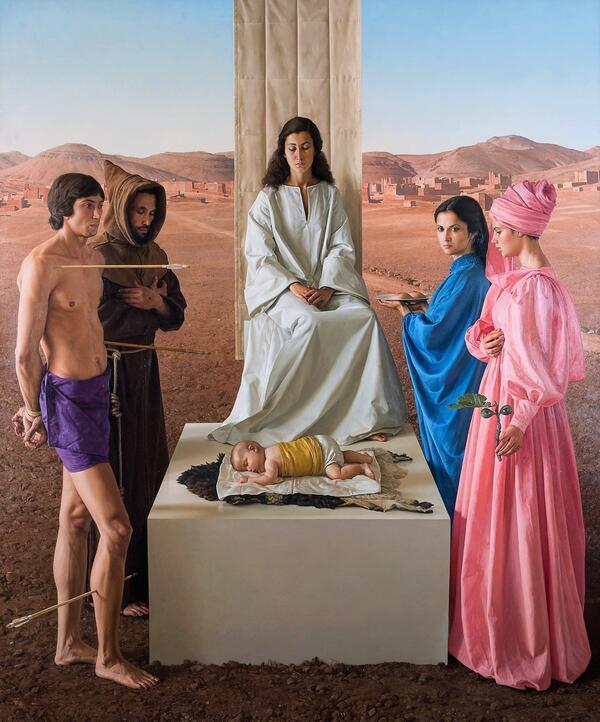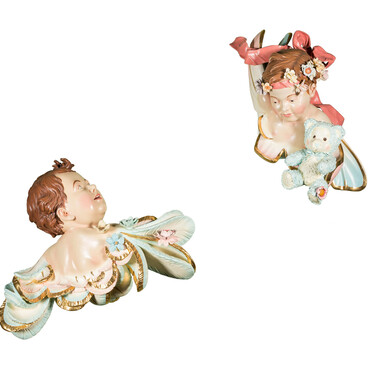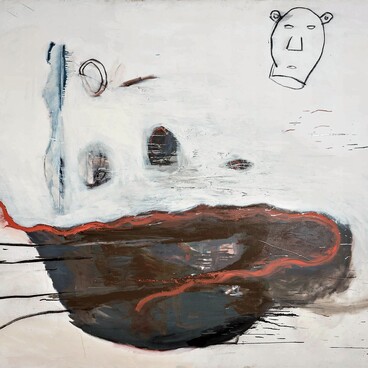The Chilean painter Claudio Bravo was born in Valparaíso in 1936. In 1945, he left the family ranch to study in college in Santiago. The prefect noticed his self-taught artistic ability and paid for him to study art in the studio of Miguel Venegas Cifuentes in Santiago. Those lessons would become the only official art education that Bravo ever received.
At 21, Bravo began doing commissioned portraits in Concepción and used his earnings to go to Europe. He was going to sail to Paris but eventually ended up in Madrid where he established himself as a society portraitist in the 1960s.
In 1969, Bravo moved to the USA, and in 1970, he had his first exhibition at the Staempfli Gallery in New York, receiving positive reviews from art critics. In 1972, Bravo moved to Tangier in Morocco, where he created numerous portraits of famous people, including President Ferdinand Marcos and First Lady Imelda Marcos of the Philippines.
Claudio Bravo became known for his photorealistic still lifes and portraits. Though art critics attributed his artwork to realism or even hyperrealism, Bravo always rejected the assumption that he based his work on photographic imagery.
Hyperrealism is a movement in various types of contemporary art — painting, sculpture and cinematography — which was formed on the principles of photorealism in the late 20th — early 21st century. But unlike photorealistic works, the paintings of hyperrealists do not reflect the world around them but create a photorealistic illusion or simulation of reality. Subtle details and elements that are secretly placed throughout the pictures serve to betray the unreality.
Bravo’s style was greatly influenced by the artistic manner of the old masters.
At 21, Bravo began doing commissioned portraits in Concepción and used his earnings to go to Europe. He was going to sail to Paris but eventually ended up in Madrid where he established himself as a society portraitist in the 1960s.
In 1969, Bravo moved to the USA, and in 1970, he had his first exhibition at the Staempfli Gallery in New York, receiving positive reviews from art critics. In 1972, Bravo moved to Tangier in Morocco, where he created numerous portraits of famous people, including President Ferdinand Marcos and First Lady Imelda Marcos of the Philippines.
Claudio Bravo became known for his photorealistic still lifes and portraits. Though art critics attributed his artwork to realism or even hyperrealism, Bravo always rejected the assumption that he based his work on photographic imagery.
Hyperrealism is a movement in various types of contemporary art — painting, sculpture and cinematography — which was formed on the principles of photorealism in the late 20th — early 21st century. But unlike photorealistic works, the paintings of hyperrealists do not reflect the world around them but create a photorealistic illusion or simulation of reality. Subtle details and elements that are secretly placed throughout the pictures serve to betray the unreality.
Bravo’s style was greatly influenced by the artistic manner of the old masters.



